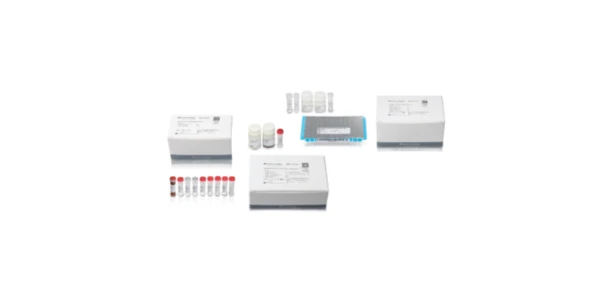How to Achieve the Best Rotary Evaporation Results
Tips and tricks that every rotovap user can utilize
Used to isolate or remove components of a reaction mixture based on their boiling points, rotary evaporators (rotovaps) are a common instrument found in virtually every organic chemistry lab. Achieving an optimum evaporation involves balancing multiple components of the process including speed, temperature, and pressure of the evaporation. Here are some tips on how to reduce your evaporation time, prevent bumping and foaming, and thoroughly dry your sample.
How to Reduce Your Evaporation Time
If you are dealing with large volumes or are running multiple evaporations, you want the process to run as quickly as possible. Speeding up the process can be accomplished through several methods or a combination of each tactic.
- Increase your vessel size. Creating a larger surface area within the flask will offer faster heating and more efficient evaporation.
- Increase the temperature of the bath. Increasing the bath temperature will certainly increase the evaporation speed. However, be cautious that you don’t overheat your reaction or you may end up with unwanted reactions or solvent bumping.
- Increase the rotation speed. Faster rotation speeds allow for more fluid mixing and increases surface area on the inside of the flask. While, generally faster speeds are recommended, if the rotation is too fast it can create fluid turbulence that actually slows reaction.
- Increase the vacuum level. Increasing the vacuum within the system will lower the boiling point of your solvent and speed up evaporation. However, make your adjustments with care. Too high a vacuum can cause foaming or bumping
How to Prevent Bumping and Foaming During Evaporation
Bumping occurs when the solvent mixture foams or boils too rapidly causing the sample to be concentrated to spill out of the rotating flask, this can result in contamination or loss of sample.
- Don’t overfill your flask. If your flask is too full, you risk your sample bumping. It is recommended that your flask be less than 50% full.
- Increase your rotation rate. Increasing the rotation speed will often reduce foaming and bumping
- Be mindful of temperatures. Use a moderate bath temperature – an excessively fast reaction can easily damage your sample. Condenser temperature is also a consideration. The difference between your bath temperature and coolant should be from 40-60 °C
- Consider your vacuum. Vacuum systems with precise adjustments available with reduce the incidence of bumping or foaming. Or better yet, select a system that can detect vapor pressures and adjust the vacuum automatically and eliminate bumping by not overshooting the optimum vacuum level.
How to Thoroughly Dry a Sample
Getting a completely dry sample is sometimes difficult depending on the sample you are isolating and the solvent used.
- Evaporate in stages. Once you have removed the majority of a solvent, empty the collection flask, then reattach and continue with the evaporation. This should help to draw additional solvent from your sample.
- Adjust the vacuum pressure. Deeper vacuum toward the end of your extraction will help to remove residual solvent as vapor pressure drops.
- Try air drying. For some samples, fully drying in the rotovap may cause the samples to adhere to the inside of the glass, forcing you to use a solvent to recover your extract. In this case it may be better to remove your sample before it is completely dry and leave it to dry at room temperature. Cover the flask with foil with a few holes in it to prevent contamination.
- Use additional drying equipment. Depending on your sample, freeze dryers, vacuum desiccators, or lab ovens may be used to completely dry a sample. However, be certain you fully understand the tolerances of your sample as high temperatures may result in decomposition and sample loss.
Follow these tips and tricks and you will be achieving the best rotovap results in no time! For rotovaps currently for sale, check out our Evaporators/Concentrators Listings page.
Updated Dec 3, 2021










